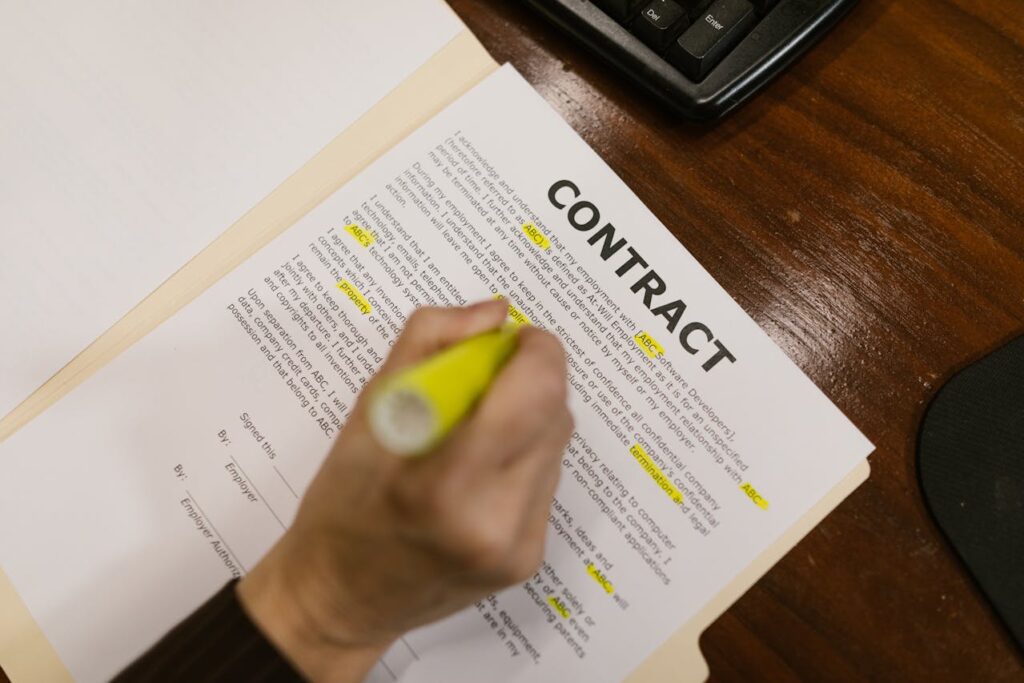Covid-19: Coronavirus Job Retention Scheme And Furlough Leave

The Government announced a new Coronavirus Job Retention Scheme on 20 March 2020 in response to the COVID-19 pandemic. Under the scheme, all UK employers, regardless of size or sector, can claim a grant from HMRC to cover 80% of the wages costs of employees who are not working but kept on the payroll (“furloughed”), of up to £2,500 a calendar month for each employee.
The scheme runs for three months starting from 1 March 2020 and claims can be backdated to this date. The Government expects the scheme to be up and running by the end of April. The precise details of the scheme are still emerging. This blog is based on the information we have at the moment and advice may be subject to change as the situation develops.
All UK businesses are eligible for the job retention scheme. Furlough is available to employees and workers on the PAYE payroll at 29 February 2020. Any employees who have started since that date can be made redundant or given notice in accordance with their contract.
Placing Employees on Furlough
Placing employees on furlough leave is a variation to their contract. If the employment contract does not include a right to suspend on leave without pay (highly unlikely in a UK employment contract), you will need to:
· Decide which employees to designate as furloughed employees.
· Notify those employees of the intended change.
· Consider whether you need to consult with employee representatives or trade unions*
· Agree the change with the furloughed employees. The employment contracts of your staff will not permit you to reduce an employee’s pay, provide them with no work, and change their employment status, without agreement. However, faced with the alternatives, which are likely to be unpaid leave, lay-off, or redundancy, the majority of affected employees are likely to agree to be placed on furlough leave.
· Confirm the employees’ new status in writing. Ideally, you should advise how long you expect furlough leave to continue, however, this may be difficult in the current climate. You may wish to put employees on furlough leave for an initial period, subject to review.
· Submit information to HMRC about the employees that have been furloughed and their earnings through a new online portal which is not yet available but should be soon. The COVID-19: support for businesses guidance states that HMRC will set out further details on the information required. I would advise speaking with your company accountant regarding the administrative details of this.
· Ensure that the employees do not carry out any further work while they are furloughed.
Collective Consultation
* Where you intend to vary the contracts of 20 or more employees, and you intend to dismiss employees who do not consent to the change in their terms, for the purposes of section 188 of TULRCA, those employees will be classed as dismissed by reason of redundancy. You will therefore have a duty to inform and consult appropriate employee representatives and notify the Secretary of State of your intention to make more than 20 redundancies in 90 days using form HR1. It is unclear, however, at this stage, whether the government expects employers to follow this process before placing employees on furlough leave. Employers could perhaps rely on the special circumstances defence if they do not consult. You would need to show that compliance was not reasonably practicable, and that the circumstances were “special”. In terms of reasonable practicability, the effect of the pandemic may mean that there are practical difficulties with appointing representatives in the normal way and undertaking full consultation, and also in terms of remaining solvent while that process is carried out. If there is no recognised trade union or standing body of representatives meaning, an election has to take place before consultation can begin and this would add to the time required and the difficulty. Given the speed at which this has happened it seems impractical for employers to follow the requirements to collectively consult but the government has stressed that current employment law continues to operate and this would include the collective consultation obligation.
During Furlough Leave
The furloughed employees cannot do any work for you during the period of furlough.
Otherwise the employee’s contract remains in force and it seems they will continue to accrue annual leave in the usual way.



